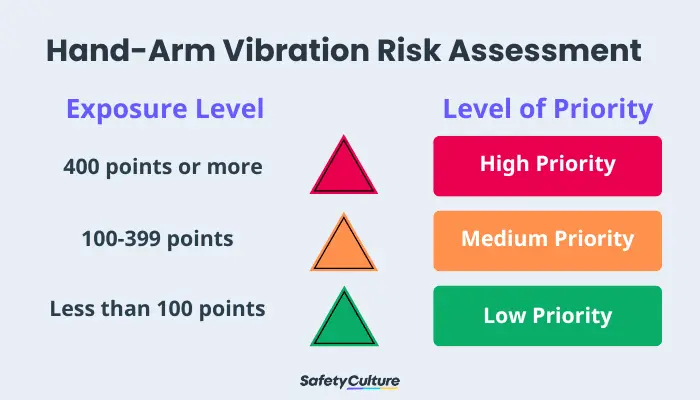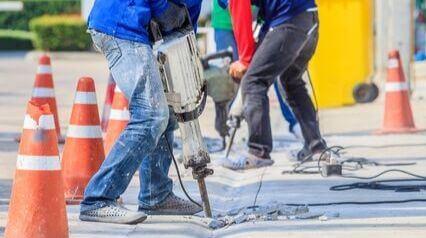What is a HAVS Assessment?
A Hand-Arm Vibration Syndrome (HAVS) Assessment is a process conducted by trained safety officers to identify, evaluate, and control workers’ exposure to hand-arm vibration risks. Construction workers are primarily at risk of developing HAVS due to prolonged use of vibrating tools and equipment such as concrete breakers, hammer drills, and grinders.
Are HAVS Assessments a Legal Requirement?
Employers in the UK have the legal obligation to maintain hand-arm vibration limits and implement measures to reduce exposure. The UK Vibration Regulations 2005 require employers to carry out regular HAVS assessments to prevent the development of HAVS and other related lifelong health issues among employees.
What are the Hazards of Vibration?
The hazards of vibration and HAVS symptoms become more apparent with prolonged exposure to vibration. Unfortunately, these negative effects of vibration on the body only become more noticeable when the symptoms get worse. Here are some examples:
- Tingling and/or numbness of fingers
- Signs of whitening of the fingers
- Unable to sense light touch
- Losing grip strength
- Growth of bone cysts on fingers and wrists
Evaluating and Controlling the Risk of HAVS
HAVS is a permanent condition affecting the nerves and blood vessels of the hand. In 2018, a contractor was fined over $600,000 (£500,000) and was ordered to pay costs of more than $200,000 (£195,000) on account of poor compliance with Vibration Regulations.
Safety officers evaluate hand-arm vibration risks by determining the exposure level of a construction worker. The exposure level is expressed in points derived from the vibration magnitude of a vibrating tool or equipment and the trigger time, which is the amount of time the worker used the vibrating tool. Here is a classification of exposure levels and the corresponding level of priority in implementing controls:

HAVS Assessment Exposure Level and Level of Priority
For medium to high-priority hand-arm vibration risks, the most effective control of exposure is to eliminate the source of vibration. Construction managers should set time limits for vibrating tool or equipment use and implement a systematic plan for job rotations.
For low-priority hand-arm vibration risks, HAVS assessments should be reviewed when there are significant changes in the job of a worker and in site conditions. Safety officers should record and monitor all exposure levels and controls in the HAVS assessment.



